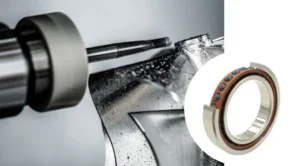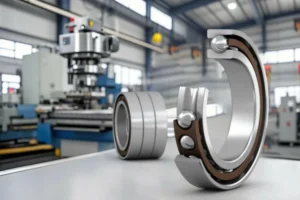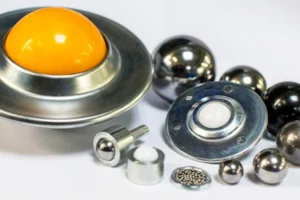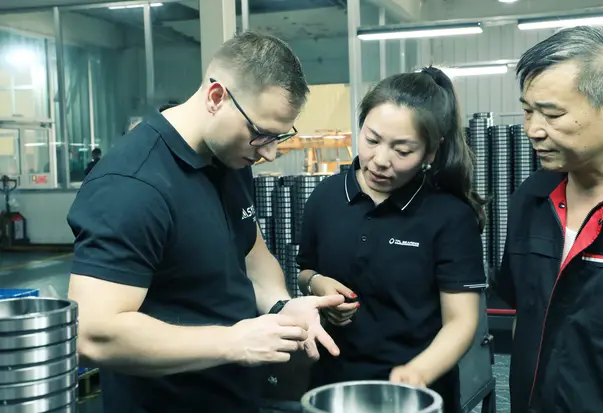Introduction
Whether you’re designing a high-tech robot or fixing a medical device, miniature ball bearings might be the unsung heroes you’re looking for. Let’s dive into their key features and discover why these tiny components make a massive difference!
What Are Miniature Ball Bearings?
Definition & Basic Structure Miniature ball bearings are small, precision-engineered components (usually under 30mm in diameter) designed to reduce friction between moving parts. They consist of an outer ring, inner ring, steel balls, and a cage to keep everything aligned.
Why Are They Important? From your smartphone’s vibration motor to surgical robots, these bearings ensure smooth motion in tight spaces. Industries like aerospace, medical, and electronics rely on them for their compact size and reliability.
(Did you know? A single drone uses up to 20 miniature bearings for camera stabilization and motor efficiency!)

Small Size: Big Impact in Tight Spaces
Space-Saving Advantage
Miniature bearings fit seamlessly into compact machinery, making them perfect for devices like dental tools or wearable tech. No more sacrificing performance for size!
High Performance in Limited Space
Think robotics arms in factories or circuit board cooling fans—these bearings deliver speed and durability even in cramped environments.
Small vs. Standard Bearings
Standard bearings (e.g., 50mm+) work for heavy machinery, but miniature versions (as small as 1mm!) save space without compromising load capacity.
(Pro Tip: Need to downsize your design? Swap standard bearings for miniatures to free up 30% more space!)

High Precision: Smooth Operation, Every Time
Why Precision Matters
Even a 0.01mm error can ruin a medical scanner’s accuracy. Precision bearings ensure consistent performance for tasks like laser cutting or microscope adjustments.
Stainless Steel Miniature Bearings
Made from corrosion-resistant stainless steel, these bearings thrive in harsh conditions (think MRI machines or underwater sensors).

What Affects Precision?
- Material Quality: High-grade steel reduces wear.
- Design: Optimized raceways (ball pathways) minimize vibration.
- Manufacturing: Advanced CNC machines achieve micron-level accuracy.
(Fun Fact: Some bearings are polished to a mirror finish—smoother than glass!)
Low Friction: Boost Efficiency, Save Energy
Built for High Speeds
Miniature bearings with ceramic balls or special lubricants spin at 100,000+ RPM (like in dental drills), reducing heat and wear.
Lubrication & Surface Finish
Thin oil or grease coatings paired with ultra-smooth surfaces cut friction by up to 60%. Less friction = longer lifespan!
Energy Efficiency Benefits
Lower friction means motors use 15% less power. For factories running 24/7, that’s huge cost savings!
(Eco-Friendly Bonus: Efficient bearings reduce carbon footprints—good for your budget and the planet!)
Where Are Miniature Ball Bearings Used?
Medical Devices
Surgical robots and insulin pumps depend on their silent, reliable operation.
Aerospace & Robotics
Drones, satellites, and industrial robots use them to handle extreme temperatures and vibrations.
High-Speed Motors
From electric car fans to CNC machines, low-friction bearings keep things running cool and fast.
(Real-World Example: NASA’s Mars rovers use miniature bearings to survive dusty Martian terrain!)
Conclusion
Key Takeaways
- Small Size: Perfect for compact designs.
- High Precision: Accuracy you can trust.
- Low Friction: Saves energy and extends lifespan.
Choosing the Right Bearing Match your needs:
- Size: Measure your available space.
- Load: Check radial (side) and axial (thrust) load ratings.
- Environment: Opt for stainless steel in wet or corrosive settings.
- Brands: Our company has bearings of various brands for you to choose from.




